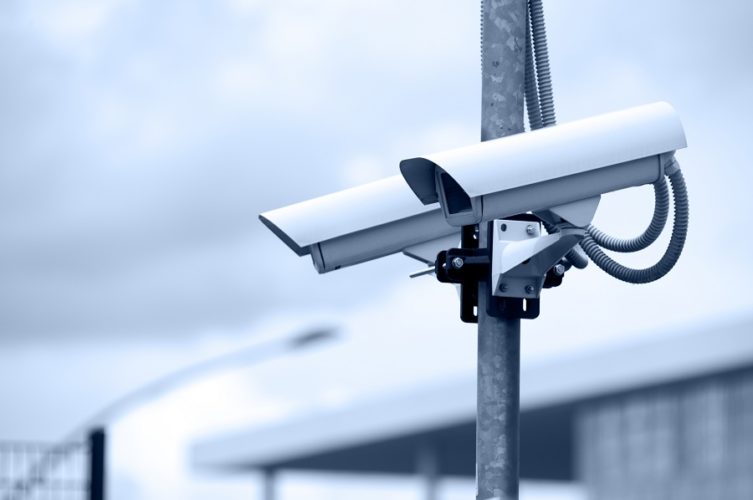As soon as IoT was introduced in the open market the IoT devices populated the internet along with the security cameras and the entire surveillance systems. The CCTV cameras were then directly connected with internet which provided numerous benefits in terms of lower cost without going for expensive surveillance systems of big security companies as the technology was available for the common people and end-users. But, in the course of time, it proved to be a double-edged sword with its vulnerabilities exposed to cyber security breach.
As soon as the webcams were introduced, it took very little time for the CCTV cameras to play a vital role in the lives of the people whether it was a private individual or a corporate company. This internet-enabled CCTV surveillance devices have been substantially better in terms of their affordable price, transmitting quality images which could be controlled and operated by a PC or even a mobile smartphone. It was so simple and easy to operate that even private individual houses installed CCTV surveillance systems because they were affordable too.
On the other hand, like any other IoT devices or internet-enabled devices, the CCTV surveillance devices also transmitted the information which was exposed to the cyber world particularly to the fraudulent cyber communities and criminals. This eventually implied three main consequences. The first is the content that a camera records which can be accessible by the hackers along with the images and valuable information about the company and its stakeholders. The second consequence is that the content can be easily modified by hackers and displayed with fake content. The third is the most important that the surveillance devices are vulnerable to malware. In fact, these surveillance devices may not be important for the hackers, but these devices serve the purposes as a doorway to access the entire network.
There is more than sufficient evidence of these cyber-attacks every year to the surveillance systems around the world.The Most common attacker is the Mirai which often is not composed of computers rather of IoT devices targeting the surveillance cameras. The basic problem with the surveillance devices is they do not properly encrypt wireless communications. They also have very poor security measures particularly while connecting to external servers. The manufacturers of surveillance systems perhaps know these issues but are not interested to develop them due to the cost or in other words bear the cost which would cut their share or profit. It is not that impossible to solve the issues or enhance the capacity of the devices to resist the challenges of cybersecurity breaches, it requires an organised effort.

